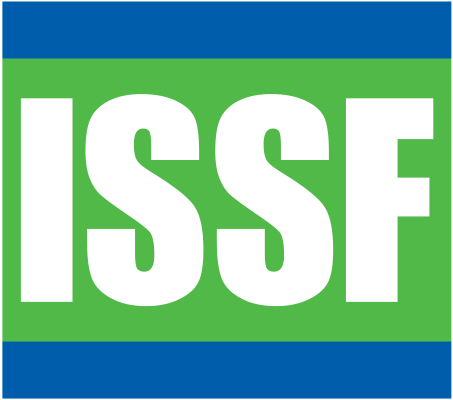Document: ISSF 2013-06: Fishing Capacity and Efficient Fleet Configuration in the Eastern Pacific Ocean
SUMMARY
This study evaluates the optimum tropical tuna purse seine fleet capacity in the Eastern Pacific Ocean (EPO). Optimal capacity is defined as the minimum well capacity required to catch specified levels of yellowfin, bigeye, and skipjack tuna. In addition, this study also calculates the total amount of fishing capacity in terms of metric tons of potential catch and compares it against existing maximum sustainable yields (MSYs). Finally, the analysis examines alternative levels of catch and fleet size that could arise under conservation and management policies such as seasonal closures.
The study utilizes two different definitions of capacity: (1) the FAO definition of fishing capacity and (2) IATTC’s definition of capacity as cubic meters of well capacity. The FAO notion of fishing capacity is the maximum potential catch a vessel can make by adjusting its days fishing given its vessel size, the resource stock conditions, and state of the environment. The analysis is conducted for each year over 1993-2010, and takes into account vessel size class and whether or not a vessel holds a Dolphin Mortality Limit (DML).
The initial analysis uses a methodology known as Data Envelopment Analysis in which the most efficient vessels for a given group of similarly sized vessels establish the “best- practice production frontier” and their fishing capacity. Vessels of similar size that are less efficient lie below this frontier and are at less than full fishing capacity. The results give an average capacity utilization of 86% for all vessels (83% for non-DML vessels and 89% for DML vessels), which means that the total fish catch could be increased by 14% if all vessels operated as the most efficient vessels do.
The second set of analyses estimate optimal fleet size in terms of well capacity as 167,000 m3. This is very similar to the IATTC target of 158,000 m3. The average observed level is 219,000 m3, indicating that there is excess capacity (well capacity should be reduced by 18% to 24%, depending upon the TAC and catch restrictions imposed). Prior to the year 2000, DML-holding vessels were responsible for the majority of this excess well capacity. Since 2000, DML and non-DML holding vessels have each contributed roughly half of the excess capacity.
Downloads: 11344 | 361615 | Views: 0
